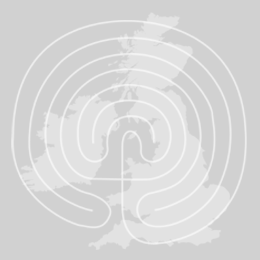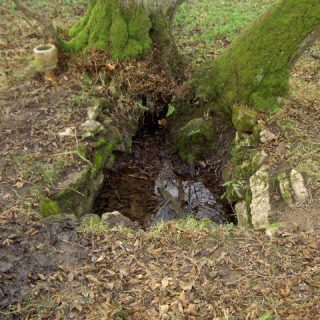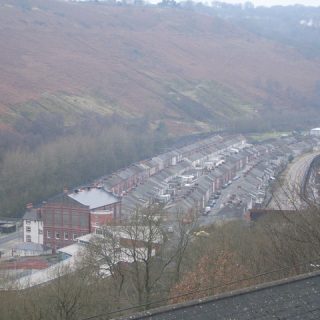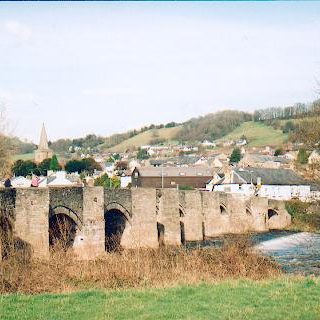Category: Welsh Folktales
The following folktale entitled ‘Nansi Llwyd and the Dog of Darkness’ appeared in ‘The Welsh Fairy Book’ (1908) by W. Jenkyn Thomas. NANSI LLWYD was walking in the dusk of the evening towards Aberystruth, and she was in a very bad temper, for she was longing to get married, and according to all the omens she never would.
The parish church of Llandegla is dedicated to St Tecla of Iconium (modern day Konya in Turkey) and though the original building dated from 1273, it was rebuilt in 1866 by Lady Margaret Willoughby de Broke. There is a folk-tale and tradition concerning the haunting and subsequent exorcism of the rectory.
Ffynnon Tegla, (or St Tegla’s or St Tecla’s Well) can be found on private land* near the River Alyn in Llandegla (Llandegla-yn-Iâl).
The village of Ysbyty Ystwyth is thought to have been the property of the Knights Hospitallier ( Order of the Knights of the Hospital of St John of Jerusalem) and also, maybe the home of one of Wales infamous magicians.
Wirt Sykes in his British Goblins (1881) gives the following account of a devil summoning ceremony performed by a schoolmaster and renowned conjurer named John Jenkin in Pembrokeshire.
There are many folk tales from Wales concerning fairies carrying people away. One such story is said to have taken place in Llanhilleth (Lanhiddel) and involved Charles Hugh, a person thought to have dealings with them. The following version appeared in British Goblins: Welsh Folk-lore, Fairy Mythology, Legends and Traditions (1881) by Wirt Sykes.
St Elian’s Well, like most Holy Well’s was associated with having healing properties until around 1723 when it developed a reputation for being a cursing well. Thought to have sprang forth to quench the thirst of St Elian in the 6th century, the well was a source of pilgrimage for many centuries.
The town of Crickhowell and the village of Langattock face each other over the River Usk. Wirt Sykes in his ‘British Goblins’ (1881) recounts the following story of a gentleman called Walter Jones being taught a lesson by a local inn keeper thought to dabble in witchcraft.
According to British Goblins (1881) by Wirt Sykes; ‘To William Jones, a sabbath-breaker, of Risca village, the devil appeared as an enormous mastiff dog, which transformed itself into a great fire and made a roaring noise like burning gorse’.
Before Picton Street in Merthyr Tydfil was replaced by Caedraw Road, you could find the Black Lion Inn (58 Picton Street), and according to the following story which appeared in British Goblins (1881) by Wirt Sykes, two of its drunken customers attempted to summon the Devil which appeared to them in the shape of a gosling. ‘These men were one night drinking together at the Black Lion Inn, when







Recent Comments